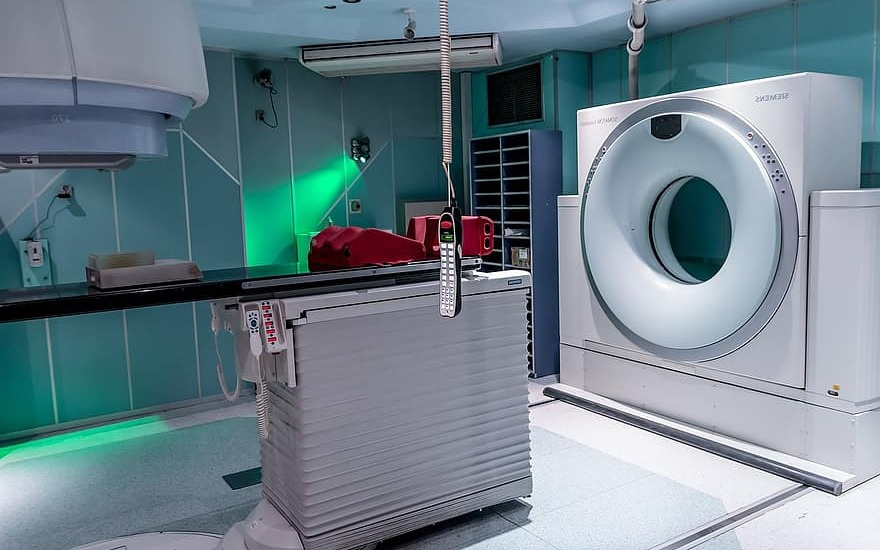
Background
Most sequence-controlled polymers lack rigorous fidelity or are homopolymers with simple chain microstructures or copolymers, in which the monomer sequence is not precisely controlled. Polymers of imprecise sequence are widely employed, but do not provide the same structural and functional complexity as sequence-controlled biopolymers created by nature. This invention provides a facile approach to prepare extremely long and completely alternating copolymers.
Technology
Scientists at Stony Brook University have created an invention which enables the preparation of polymers in which the backbone has a regular alternating pattern of functional group arrangement. The backbone has additional constraints incorporated that provide a new polymer architecture. This technology allows the delivery of equal amounts of two compounds and the polymers created have a low dispersion of molecules and long lengths.
Advantages
Facile approach to prepare extremely long and completely alternating copolymers - Provides efficient entry to well-controlled architectures - Enables the prospect of employing alternating copolymers in materials applications
Application
The creation of polymers with long lengths and low dispersion.
Inventors
Nicole Sampson, Professor and Interim Dean, Chemistry
Li Tan, Graduate Research Assistant, Chemistry
Kathlyn Parker, Professor, Chemistry
Licensing Potential
Development partner - Commercial partner - Licensing
Licensing Status
Available for license. Stony Brook University is seeking to develop and commercialize, by an exclusive or non-exclusive license agreement and/or sponsored research, with a company active in the area.
Licensing Contact
Sean Boykevisch, Director, Intellectual Property Partners, sean.boykevisch@stonybrook.edu, 6316326952
Patent Status
Patent application submitted
Proof of concept data is available. Utility application pending #15/545,580
Tech Id
8637
